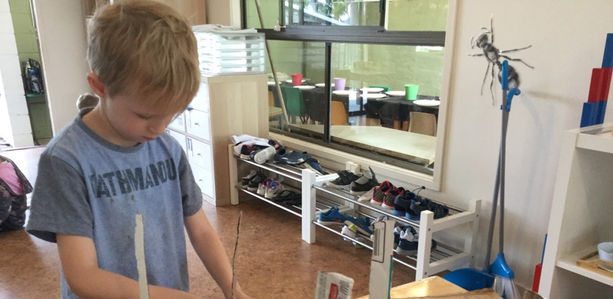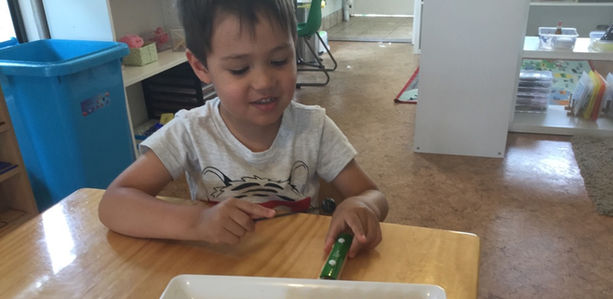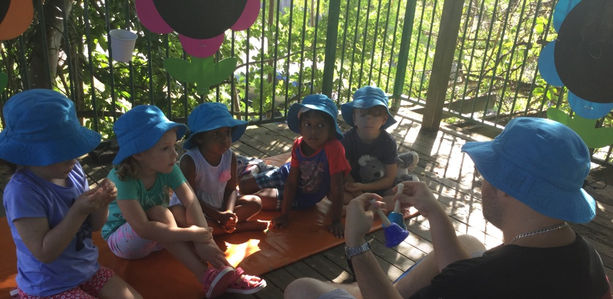
“Let your child's true colours shine”
CALL US: 0437 900 305
The Arts
What is it?
Art is traditionally divided into the areas of:
-
Visual arts
-
Music
-
Dance
-
Drama
-
Digital arts / ICT
*Montessori environments generally avoid digital arts during the early years in order to avoid distraction from concrete materials, physical movement and social interaction and to reduce daily total screen time which has been shown to have negative impacts on young children.
Why is art important?
Artistic expression was considered by Dr. Montessori to be one of the 'fundamental needs of humans’. Meaningful arts experiences are extremely beneficial as they allow young children to:
-
Create meaning and make sense of themselves and the world around them.
-
Access their memory, imagination, empathy and a wide range of emotions.
-
Practice higher-order thinking and problem-solving.
-
Practice creativity and inventiveness.
-
Acquire, practice and refine new skills, which will be required to master the 'elements' of the arts.
What are the principles of a high-quality arts program?
Unfortunately, few early childhood educators understand how to deliver developmentally appropriate art experiences to young children. Many art programs rely predominantly on 'bunny-bum' or gimmicky art activities, which rob the children of the chance to think and see for themselves and create something new. While these activities can be fun every now and then, they do not provide 'meaningful' art experiences.
A high-quality arts program needs to:
-
Allow children to benefit from 'meaningful' art experiences (as described above)
-
Achieve a balance between helping children to learn the required skills and allowing 'free-range creativity'.
-
Provide open-ended, child-directed activities.
-
Allow ready, predictable access to divergent resources.
-
Provide unconstrained blocks of time free from constant interruptions and distractions, allowing for focus and self-paced learning.
-
Allow opportunities for children to share and interact with friends.
-
Be process (rather than product) oriented.
-
Promote confidence.
Concepts Taught in Visual Art
The first phase of creativity is the preparatory phase, which involves the learning and refinementof technique. Cutting, taping, gluing, collaging, hole punching, stapling, colouring in...the list goes on! There are so many skills involved in art!
Many young children love to draw. They should be exposed to a variety of drawing media. Drawing skills generally progress through five main developmental stages and can be facilitated using a 'plus one' approach to teaching. Many times, their peers make the best teachers!
Sculpture operates in three dimensions.
Children enjoy manipulating and combining various types objects in various and open-ended ways to create something new. From play dough and clay to paper to recycled materials to wood and building blocks. Adults should neither override nor limit creativity.
Music education benefits brain development. In Montessori, the first step in music education is to arouse the child's love and appreciation for music. Early music theory starts with fun games; matching, grading and echoing pitches, playing scales, creating tunes and learning about rhythm and beat.







































